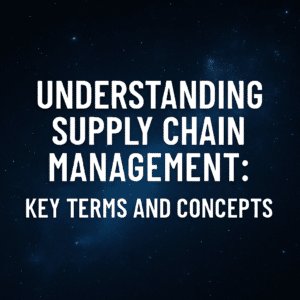Late last month I received a call from a CIO that I have known for about 13 years. He and I have worked together over the course of his roles at three different companies, so I know him fairly well. But this phone call was different than others I have received from him in the past.
He had just taken a new role as the CIO at a mid-size company and he had a very interesting ask for me: he had inherited an implementation mess and needed our team’s help fixing it. Not surprisingly, we have compiled a handful of lessons from this Microsoft Dynamics 365 failure in our work with them over the last few weeks.
Our experience as a Microsoft Dynamics 365 expert witness has provided some great lessons, but lessons from an active implementation like this one – before it’s gotten to the point of lawsuit – can provide additional lessons.
Below are a few of the lessons from this Microsoft Dynamics 365 implementation failure. These highlights some of the things to consider before upgrading to Microsoft Dynamics 365:
Table of Contents
ToggleThe software isn’t the root cause of the problems
On the surface, it would be easy for us to walk in and blame the software. Just like any software, D365 isn’t perfect, but those imperfections are typically not the root causes of failure. The software itself is clearly the least of the problems in this case. Instead, it has more to do with the operational, people, and project governance aspects of the project – as outlined in some of the lessons below.
Lack of project governance can kill a Microsoft Dynamics 365 implementation
In this D365 case study of what not to do, the client’s reseller wasn’t working from a project plan. Clear roles and responsibilities for internal and external resources were never defined or documented. There was no risk register, issues log, or decision criteria. And the client had very little insight into project spend (as the integrator was behind invoicing them), nor did they have a clear understanding of how the estimated costs were trending.
Although this may all sound like basic blocking in tacking, it was missing from this project. And in this case, the integrator wasn’t providing any direction or guidance to their customer.
Without a clear business process blueprint, a Microsoft Dynamics 365 implementation is likely to fail
This is a critical component of how to prepare for a successful Microsoft Dynamics 365 implementation, but companies like this example often overlook this critical phase. Before jumping straight into your implementation, you need to hold off on bringing on your system integrator.
As this client learned the hard way, it is more important to first define a clear business blueprint for what you want to be when you grow up – and do this before the meter starts running on the expensive Microsoft D365 consultants. The time and money you invest in this stage will save exponential time and money later on.
Microsoft VARs and integrators are not all created equal
There are many risks to be aware of with Microsoft Dynamics 365 system integrators and resellers. This is true for the SAP, Oracle, and other ERP channels as well, but it is even more true in the D365 space. The Dynamics ecosystem is highly fragmented with very little oversight, so you need to be careful when choosing the best implementation partner. We see more problems with integrators and resellers in the D365 space than in most other ERP ecosystems. Here are some tips to select the best Microsoft Dynamics 365 systems integrator.
The margin of error between Microsoft Dynamics 365 success and failure isn’t great
Microsoft Dynamics 365 failures don’t occur in one big bang – digital transformations typically fail via death by 1,000 papercuts, just as this one did. There isn’t any one big thing that this client could have done to have saved the project. Nor is there any grand, dramatic one-step secret fix that we can deploy to help them. Instead, we will work together to fix the little details that should have been in place all along.
Conclusion: Microsoft Dynamics 365 failures can be avoided
D365 failures don’t just happen – they build up over time. Successful projects share the same, proven best practices, while failures tend to share many of the same mistakes. The lessons from this particular Microsoft Dynamics 365 failure should give you some ideas on the best practices necessary for a successful Microsoft Dynamics 365 implementation.
If you are about to embark on a D365 implementation – or struggling with an existing transformation as this client was when they reached out – please feel free to contact me to share ideas on how you might make yours more successful. I’m happy to be a sounding board as you continue on your journey!





